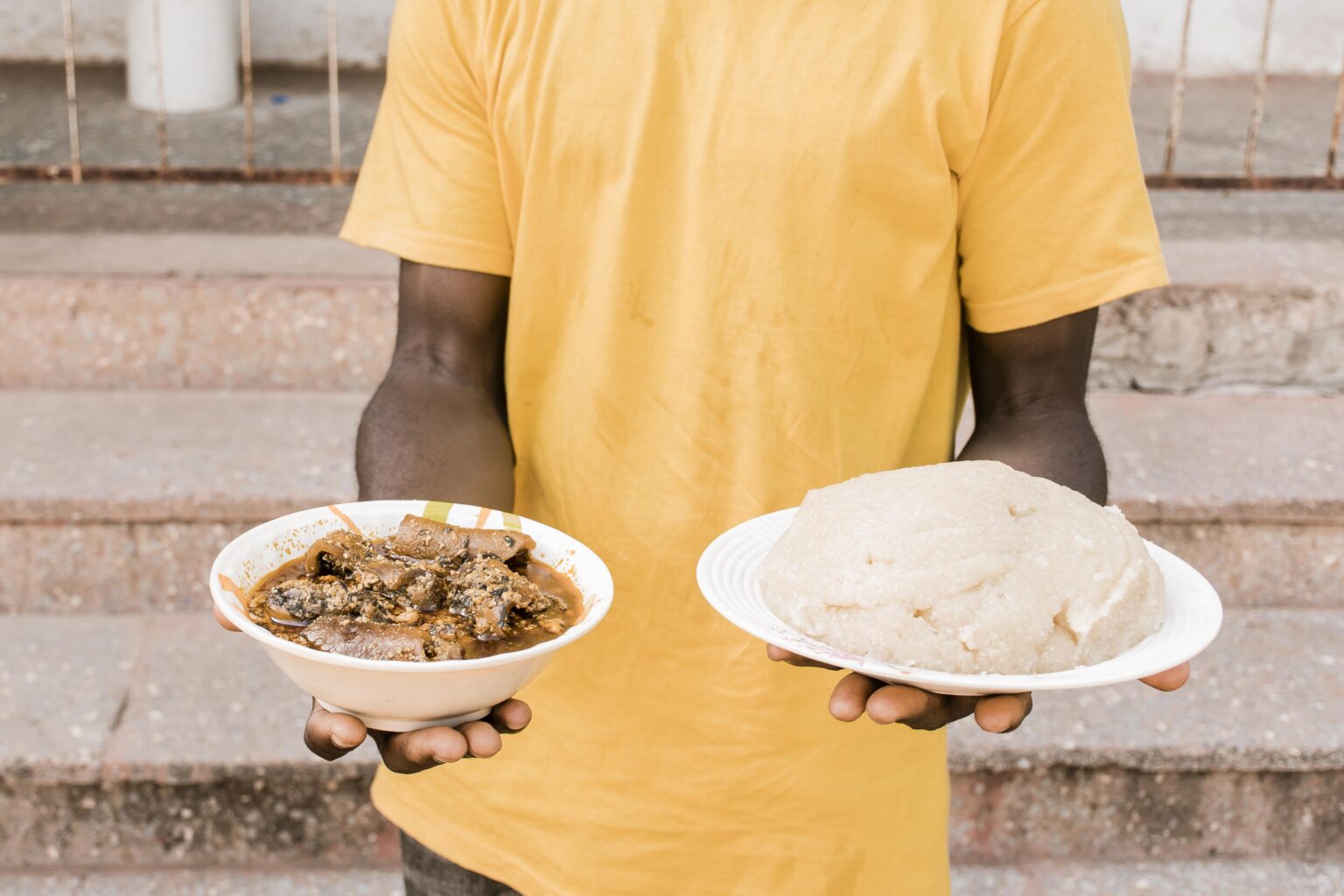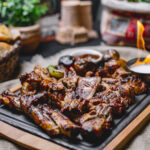Uganda, known as the “Pearl of Africa,” is a country brimming with diverse landscapes, rich culture, and a vibrant culinary scene. Ugandan cuisine showcases a unique blend of indigenous flavors, regional influences, and traditional cooking methods. In this article, we embark on a flavorful journey to discover the top 10 most eaten foods in Uganda, highlighting the country’s beloved dishes that tantalize both locals and visitors alike.
- Matooke:
Matooke, a staple food in Uganda, is made from steamed green bananas. This starchy delight is typically served as a main course and often accompanies other dishes. Matooke is usually peeled, wrapped in banana leaves, and steamed until tender. Its mild flavor pairs well with stews, meat, fish, or groundnut sauce.
- Ugali:
Ugali, also known as posho or sima, is a popular dish made from maize flour. It is a thick porridge-like consistency that is often enjoyed alongside various sauces, stews, or vegetables. Ugali provides a satisfying and filling base for many meals, offering a simple yet nourishing option.
- Matoke and Groundnut Sauce:
Combining the two staple foods, matooke and groundnut (peanut) sauce, creates a Ugandan classic. The groundnut sauce is made from crushed peanuts, onions, tomatoes, and a blend of spices. The creamy and nutty sauce adds a delightful richness to the steamed matooke.
- Rolex:
A beloved street food and a Ugandan take on the classic omelet, the Rolex is a delicious snack or breakfast option. It consists of a thin omelet rolled up in a chapati (flatbread) along with vegetables, such as tomatoes, onions, and cabbage. This portable delight is enjoyed on the go and is incredibly popular among locals.
- Luwombo:
Luwombo is a traditional Ugandan dish with royal origins. It typically features meat (chicken, beef, or goat) or fish marinated in a flavorful blend of spices and wrapped in banana leaves. The package is then steamed, allowing the meat to become tender and infused with the aromatic flavors of the spices and banana leaves.
- Chapati:
Chapati, a thin, unleavened flatbread, holds a special place in Ugandan cuisine. Influenced by Indian culinary traditions, chapati is made from wheat flour, rolled into thin circles, and then pan-fried until golden brown. It is often enjoyed alongside stews, curries, or even as a standalone snack.
- G-nut Sauce:
Groundnut sauce, also known as g-nut sauce, is a creamy and savory delight made from ground peanuts. The peanuts are ground into a smooth paste and then cooked with a medley of spices, tomatoes, onions, and often accompanied by vegetables or meat. It is commonly served with matooke, rice, or chapati.
- Katogo:
Katogo is a popular Ugandan dish that combines a starchy food (such as matooke, cassava, or sweet potatoes) with meat, usually offal or beef, cooked in a rich sauce. This hearty and flavorful dish is often enjoyed for breakfast and is a great way to start the day with a burst of energy.
- Kalo (Sorghum Bread):
Kalo, or sorghum bread, is a staple food in northern Uganda. Made from sorghum flour, water, and a pinch of salt, it is shaped into small, round balls and cooked until firm. Kalo is commonly eaten with various soups, stews, or beans, and it provides a gluten-free alternative to wheat-based foods.
- Nile Perch:
Uganda’s abundance of lakes, including Lake Victoria, makes fish a significant part of the country’s cuisine. The Nile Perch, a freshwater fish, is a favorite choice for many Ugandans. It is often grilled or fried and served with a side of steamed matooke or chapati, accompanied by a zesty tomato and onion salsa.
Uganda’s culinary landscape is a treasure trove of delightful flavors, and its top 10 most eaten foods provide a glimpse into the country’s vibrant food culture. From the comforting simplicity of matooke and groundnut sauce to the satisfying street food experience of Rolex, each dish represents a unique blend of local ingredients, traditional cooking techniques, and cultural heritage. Exploring Uganda’s diverse cuisine not only satisfies the taste buds but also unveils the stories and traditions that have shaped the nation’s gastronomy, making it a truly unforgettable experience for food enthusiasts.








